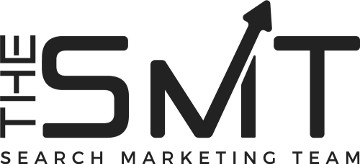 This great article ran over at AdWeek last week and we liked the case study it highlighted enough to quote it here:
This great article ran over at AdWeek last week and we liked the case study it highlighted enough to quote it here:
Search and social, as more companies are finding out, complement each other quite well.
When Deborah Carver, the content marketing manager at digital marketing agency Nina Hale, was working with a health insurance client, both parties were a little unsure as to how to create content that people would want to click on. Carver spoke about her experiences and offered advice at Brightedge’s Share15 conference this week in San Francisco.
Health insurance is necessary, but isn’t a sexy product or one that could post pictures of cats to boost organic reach, Carver noted at the event:
No one goes, “Ooh, premiums,” I’ll share that! Especially the terms around health insurance. No one’s really looking to share that content. … It’s hard to create content around it.
Utilizing Brightedge’s proprietary Data Cube product, she discovered which search terms were already leading people to the client’s website. She found that they ranked quite high in Google searches for preventative care and family health insurance, among other terms.
So she went about crafting content around these topics, but found that optimizing headlines for Facebook posts aren’t quite the same as optimizing for Google. Carver said that the first question she asked her colleagues, before developing content, was “Would you click on this?” Instead of taking a keyword-heavy approach that Google enjoys, the creative focus was around a catchy image with a short, powerful headline.
The results for the health insurance client were quite positive. Carver said they did use paid social, but the entire campaign cost roughly $1000 — and posts got thousands of views, with hundreds of click-throughs.
Carver has met and discussed extensively with many companies like Yeah Local about how SEO tactics may be similar, but they can’t really be directly applied on Facebook and Twitter:
It’s finding a way to insert that keyword or relevant term in a headline that would still drag people to click, but not that you’d necessarily use for SEO purposes. … You’re still looking at that keyword, but that’s not going to be the best SEO link ever. It’s a balance. It’s more about being as interesting as you can while still using your keyword.

